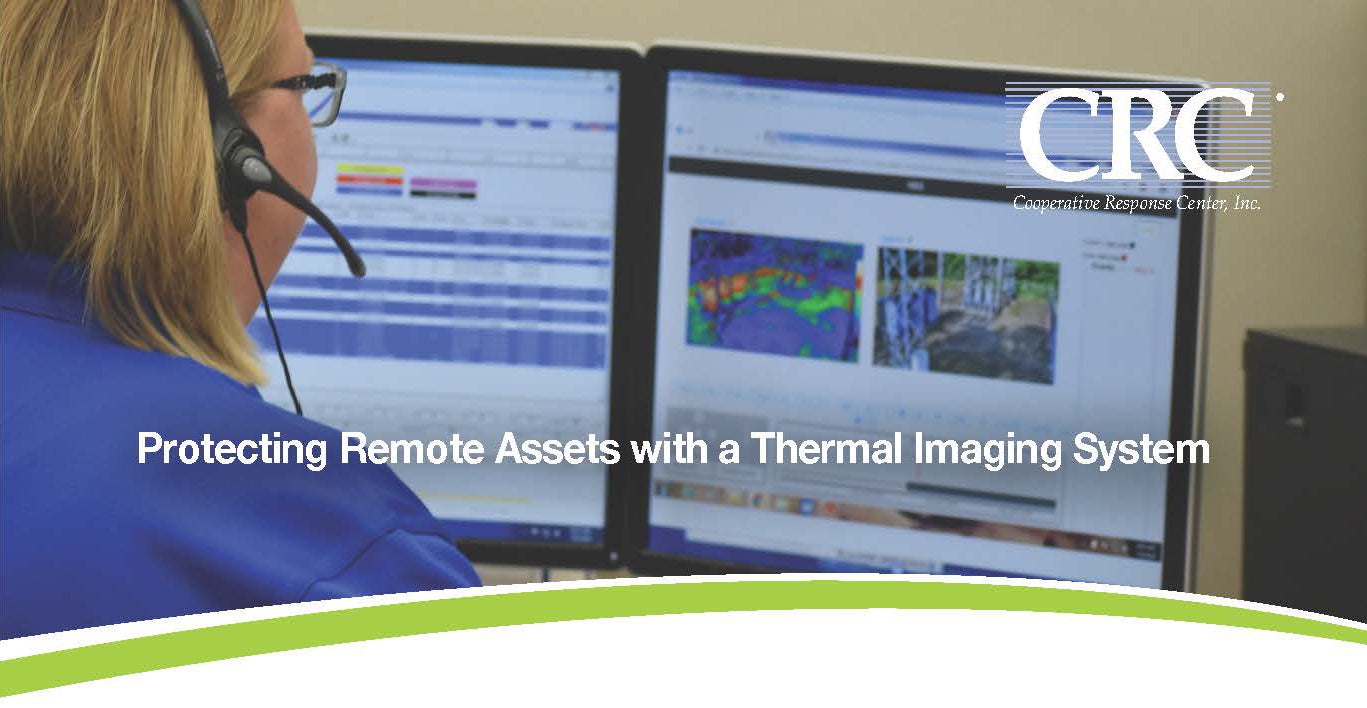
Northwestern Rural Electric Cooperative Association has used cameras to protect their electricity distribution substations for several years. However, the camera systems they were using weren’t providing the benefits they were seeking. The systems were old and the camera system software was no longer going to be supported by the manufacturer. According to Thomas Dimperio, Northwestern RECA’s vice president of information technology, “We had to make a change, and we wanted to use a system that was reliable and had accessibility features that would provide more useful and actionable information.”
The Cambridge Springs, Pennsylvania, electric cooperative serves 20,000 members in five northwestern Pennsylvania counties. With 17 substations throughout their service territory, protecting utility infrastructure was important. The thermal imaging system that was chosen is produced by software and hardware provider Acoba, a worldwide solution provider to the physical security industry.
From a security perspective, the Acoba system utilizes a wide-angle thermal imaging camera that can detect changes in temperature. The system allows the end-user to define specific temperature parameters in addition to masking areas that don’t require monitoring. When the software detects an item that moves within a predefined temperature range, the system sends an alarm notification to CRC’s alarm monitoring center. The alarm monitoring dispatcher can obtain a live view of the thermal camera, follow the agreed-to monitoring and dispatch protocol, and, if necessary, immediately contact the local police authority having jurisdiction. “The fact that the thermal image is so visually apparent, artificial light sources aren’t necessarily required for effective monitoring” stated Dimperio. “Because the camera uses a thermal imaging system as opposed to a traditional lens, the view from a monitor, hone, or tablet appears as broad daylight regardless of time of day.”
When the thermal imaging system is triggered, a digital video clip is also sent to cloud storage that can be reviewed in near-real time or can be reviewed at a later time. The length of the video clips that reside in cloud storage can be adjusted to recording only a few seconds of the triggered alarm to several minutes. Randy Ambrus, CRC’s alarm monitoring operations manager, likes the system’s ease of use and features. “Any video verification system that our dispatchers can easily obtain a live view from is extremely beneficial in terms of getting the local police dispatched,” he explained. “The often-overlooked item that makes thermal imaging systems so desirable is they offer far fewer false alarms than systems that use a traditional lens camera and external trigger. Having the temperature be the ‘trip wire’ so to speak that alerts CRC creates a very effective system.”
As far as using the thermal imaging system for items that relate to internal efficiencies within Northwestern RECA’s operation, Dimperio likes the fact that a live look-in view can be obtained 24/7 on any connected smartphone, tablet, or computer. “Being able to get eyes on the scene remotely not only provides insight on the disposition of specific infrastructure including temperature and pressure gauges, but just as importantly the live-view allows our staff a 24/7 window into work that’s being done, inspections that are occurring, and most importantly knowing the substation is secure,” he said. “Knowing CRC’s alarm monitoring operation is always on the job and follows our protocol has been great. They’re always there when we need them.”
For more information regarding video verification, thermal imaging systems, and live alarm monitoring, contact CRC’s Business Manager Mark Colton at 507-437-2131 or markcolton@crc.coop.
